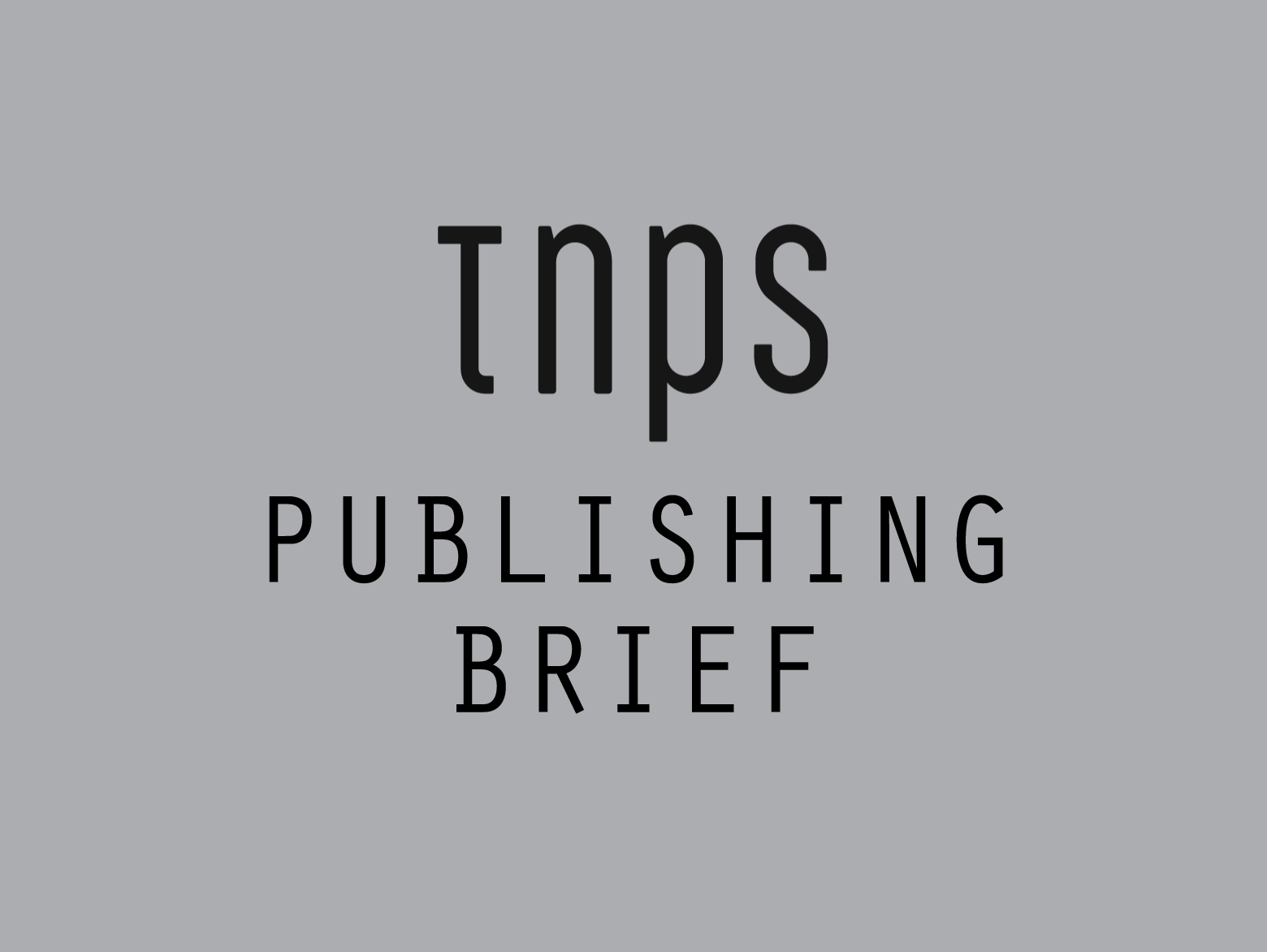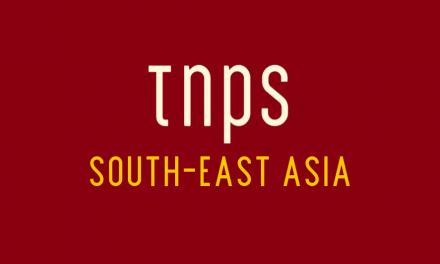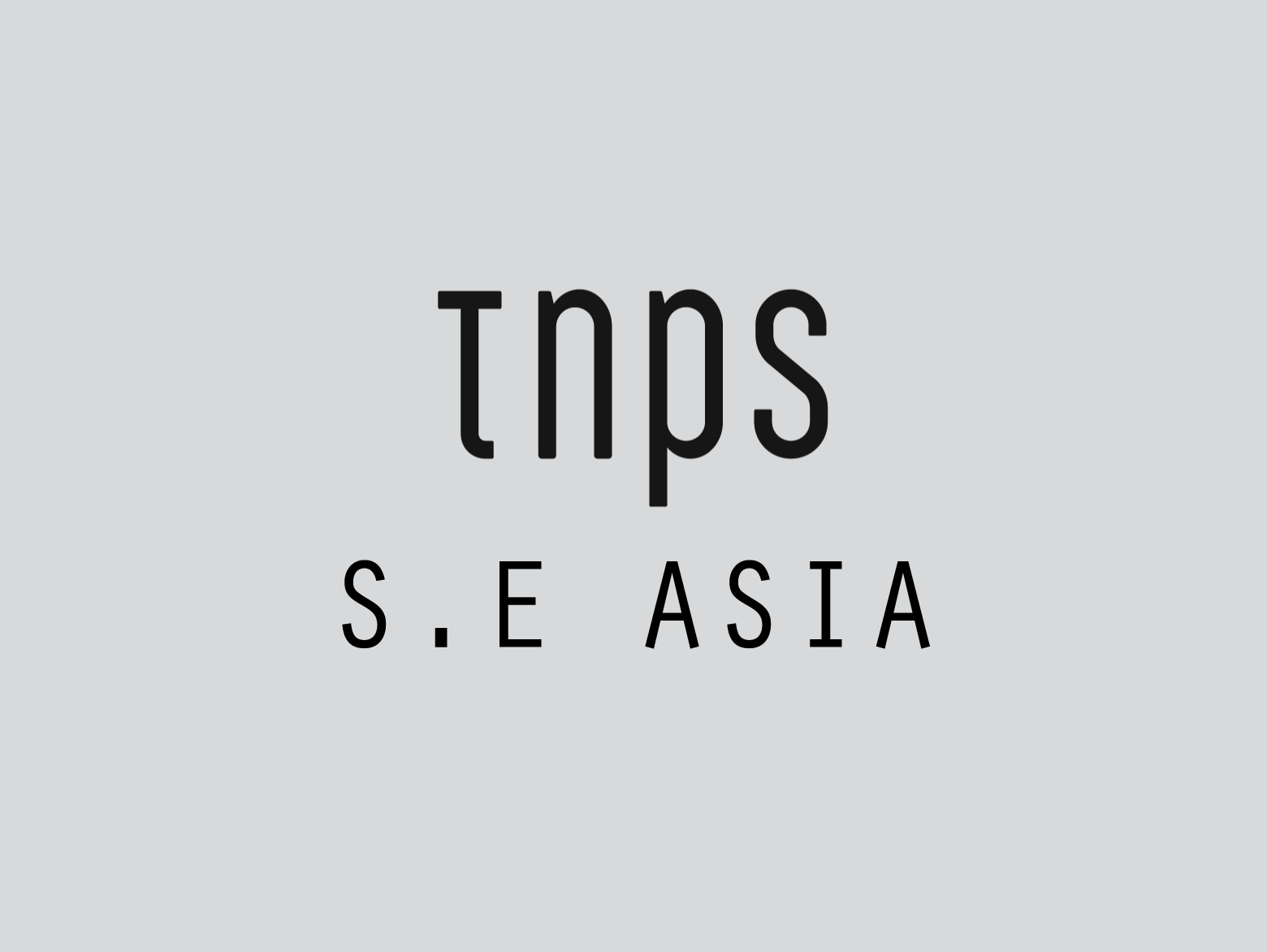Including education, Gyldendal has over 3 million digital users – this, remember, in a country of just 5.4 million people.
Of course 2020 was Pandemic Y1, so we should not be surprised that H2 2021 is up by comparison, but the devil – or the delight, depending on your agenda – is in the detail.
Excluding subscription, Norway’s publishing industry rose to NOK 690 million ($79 million) in H2 2021, compared to same period last year. This, remember, in a “minor language” country of just 5.4 million people.
Subscription services will report at end July and add to that revenue, along with publishers’ digital education revenues. The latter, notes Norway’s publishing industry journal Bok365, could add another NOK 280 million ($32 million) to the valuation.
Bok365 urges caution with the champagne, however, noting H2 usually accounts for only one third of annual revenue for the industry, and no certainties the current levels will be sustainable.
Subscription advocates will be concerned to note the apparent cannibalisation of paperback sales by the various competing subscription services in Norway. However, it’s not clear how much the paperback’s decline in popularity is due to the impact of lockdown last year, and how much to organic transition to subscription by consumers.
We also don’t know how this impacts a publishers’ bottom line. Paperbacks cost money to produce, warehouse and distribute that do not appear in the digital books accounting, and the net effect of the so-called cannibalization may in fact not be as harsh as the emotive terminology suggests.
No sooner was the industry’s national report out than Norway’s leading publisher Gyldendal reported 30% growth over all sectors.
Gyldendal’s CEO John Tørres Thuv told Bok365:
We are experiencing increased demand and major changes in how customers orient themselves, shop and consume stories and knowledge. Half of the revenue in the first half of the year comes from digital formats, services and platforms. In addition to growth for e-books, audio books and paper books, it is especially digital services and platforms that contribute to Gyldendal’s H2results.
Including education, Gyldendal has over 3 million digital users – this, remember, in a country of just 5.4 million people.
Thuv told Bok365:
We have a long-term perspective and maintain our ambitions to produce and deliver stories and knowledge that provide benefit and value to the entire Norwegian population. We are prepared for a market with greater uncertainty in the future, but assume that the digitalisation of the industry will continue and that the demand for stories and knowledge will continue to grow.




